
Understanding Your Horse's Neck
The horse's head is heavier in proportion to the length of its neck than any other animal in the world and weighs, on average, 40 pounds. If the neck is the proper length and the head is proportionally sized to the rest of the body, it can function as a balancing aid for the horse's movement.
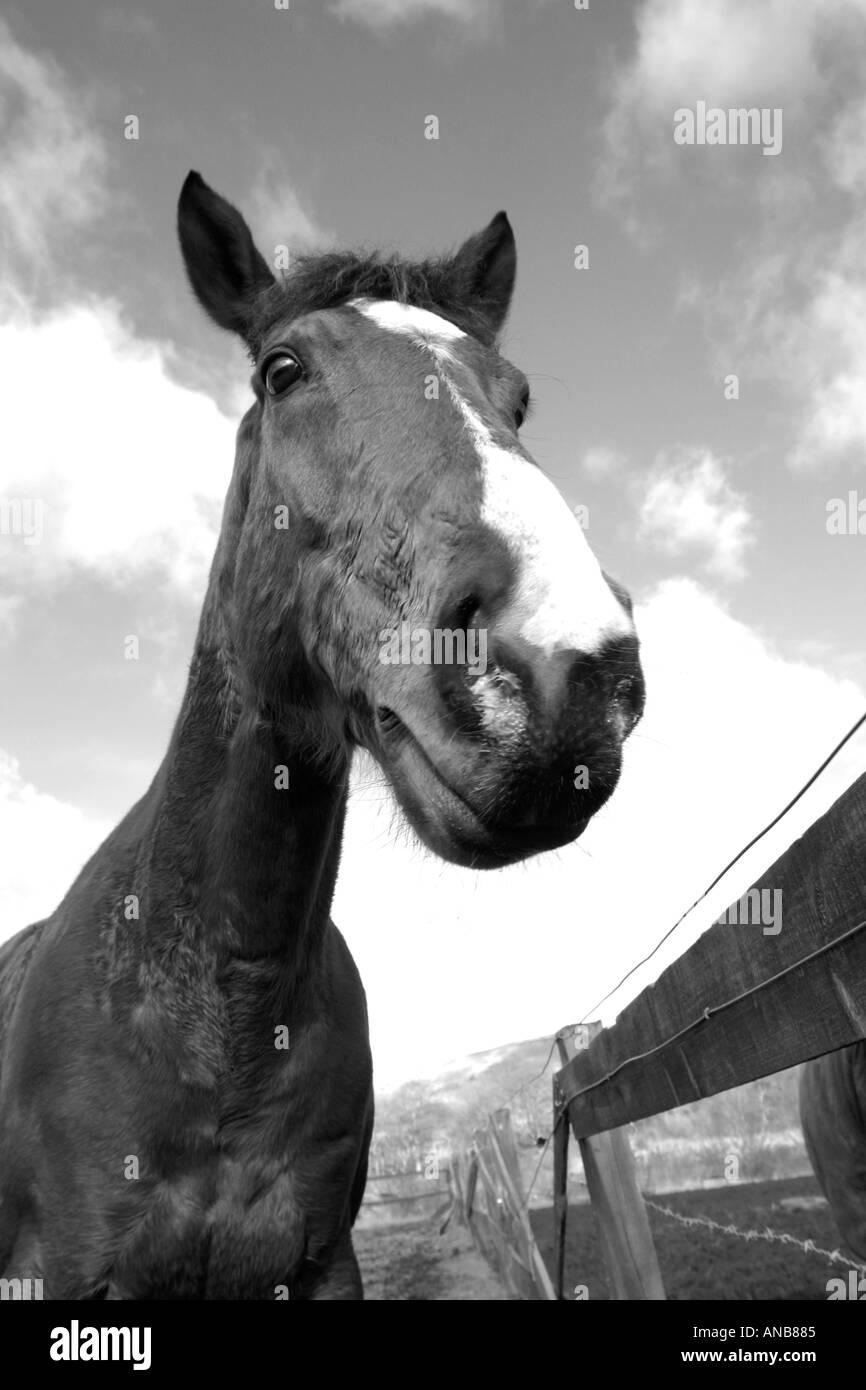
Horse head and neck close up Stock Photo Alamy
A muscle or muscles and its/their tendon (s) that operate together to cause flexion or extension of a joint are referred to respectively as a flexor unit and an extensor unit. Smooth: muscle which makes up automatic systems (digestive system, for example)

Portrait of horse head and neck Stock Photo Alamy
This special report on anatomy and physiology provides an overview of the horse's head and neck along with the ears, eyes, mouth, teeth and upper respiratory tract. Written by: Les Sellnow.
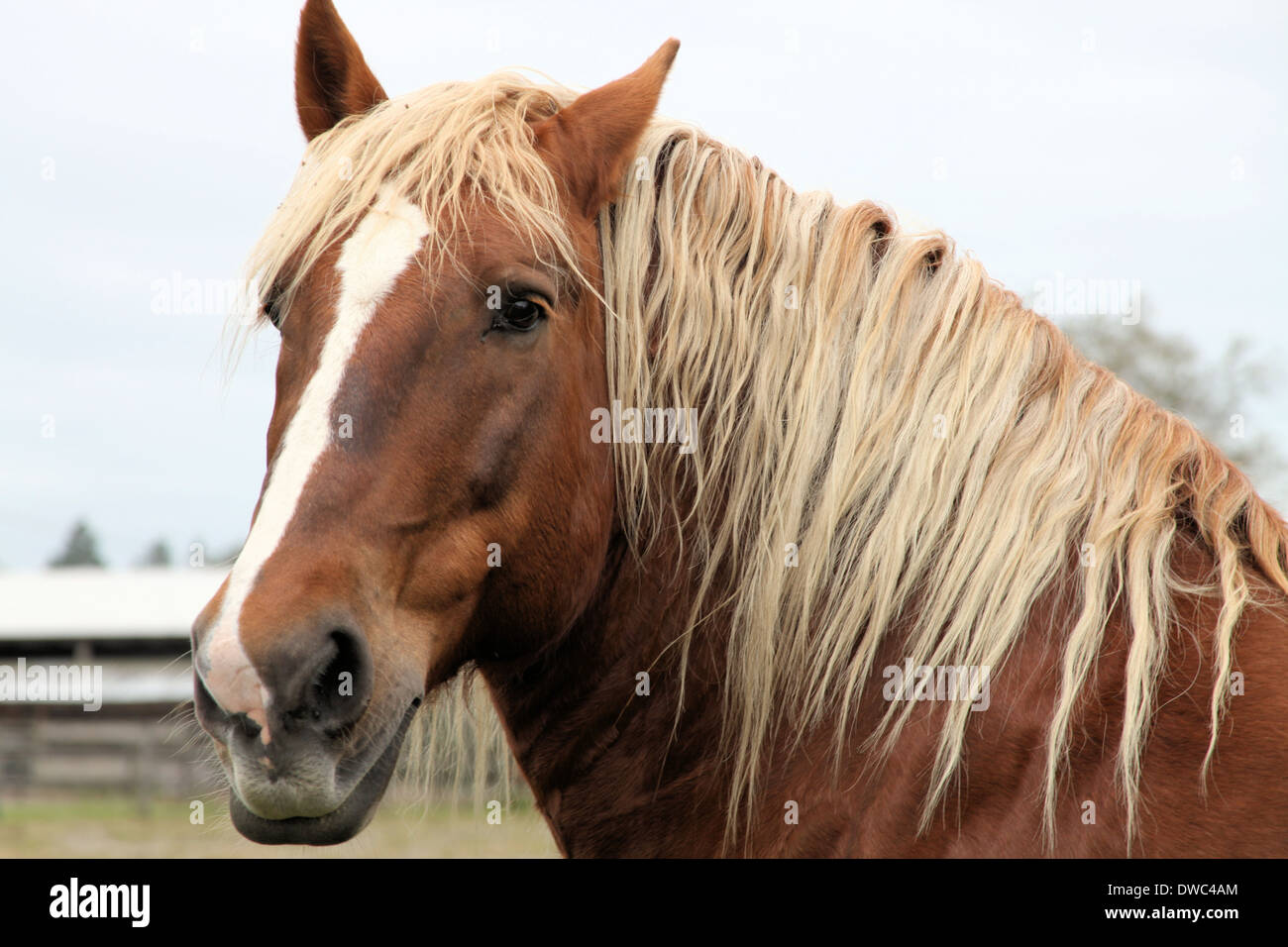
HORSE HEAD AND NECK Stock Photo Alamy
Introduction Equine anatomy refers to the gross and microscopic anatomy of horses and other equids (donkeys, and zebras). This page introduces the Anatomy of Equine Spine and Head. + This is a course page funded by Plus online learning

Vitals & Anatomy Horse Side Vet Guide
The rib has a head, neck and tubercle (aka tuberculum). The tuberculum and head articulate at two different locations on the thoracic vertebrae (each of these is a synovial joint).. FIG. 18.41 Lymphatic structures of the head and neck of the horse (schematic). 1, Mandibular lymph nodes; 2, parotid lymph nodes; 3, medial retropharyngeal lymph.

Arabian Horse Head And Neck Royalty Free Stock Images Image 6499029
The head-neck-shoulder hookups in a horse help determine his ability to flex and collect himself, and play a role in his agility and athleticism. The horse uses his head and neck for balance in a pendulum effect to counteract actions of the hind end of his body.
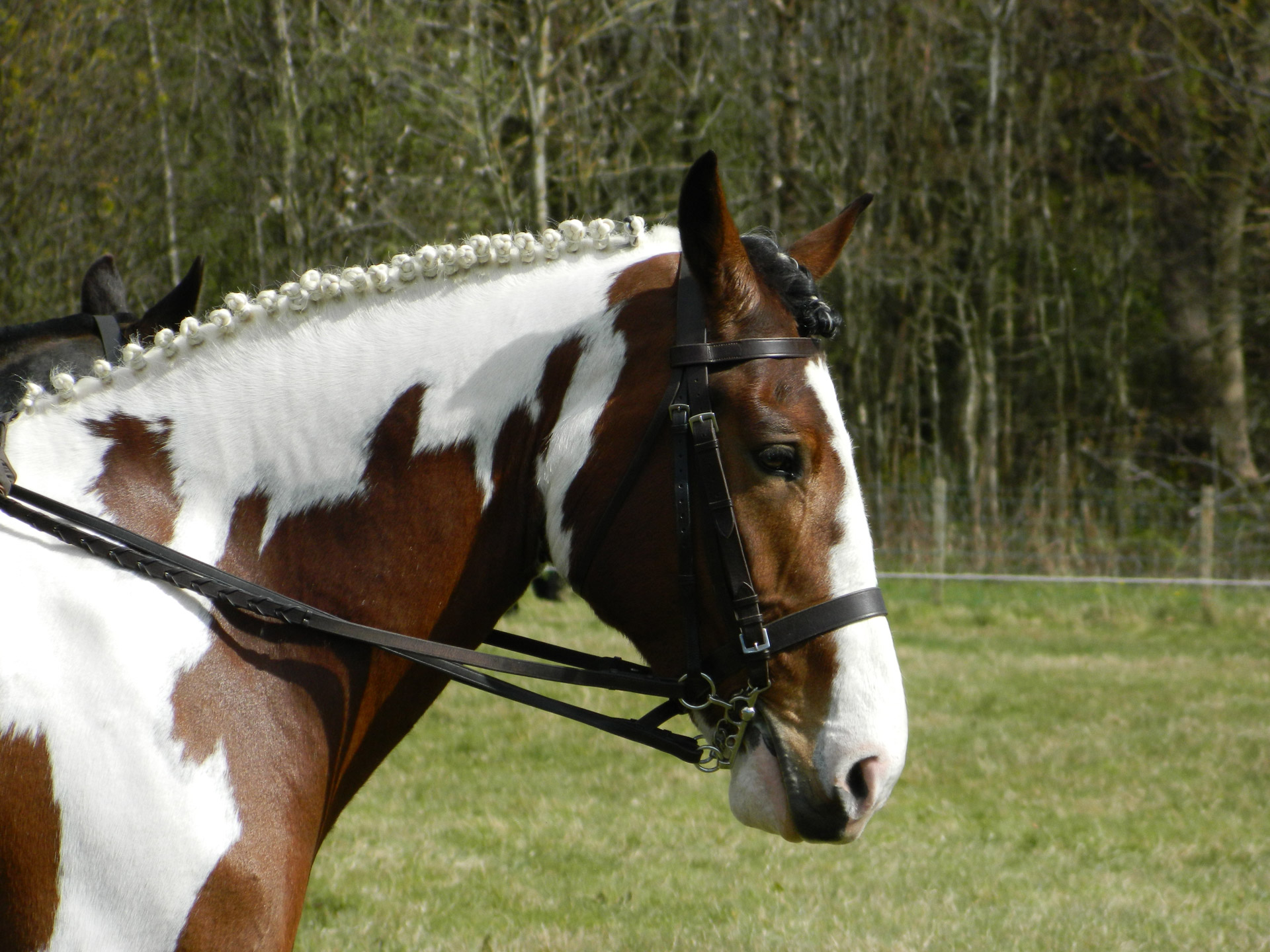
Horses Head Free Stock Photo Public Domain Pictures
The horse's weight is distributed over its haunches and forehand. Because of the heavy head and neck, the horse carries a greater amount of weight on its forehand. When in motion, the horse uses its head and neck to influence its balance. One of the key elements of dressage is improving the horse's balance. By teaching the horse to carry more.

Bony Changes in the Equine Neck The Horse
The neck and head are raised when the hind feet touch the ground and push the horse forward. To counterbalance the hindquarters lifting, the neck and head of the horse are raised as the hind feet touch the ground. This allows the hind legs to come forward for another step.

A horse, head and neck Stock Photo Alamy
June 1, 2006 Posted by Les Sellnow The equine head can be compared to a computer. Housed within the skull are the major components-the brain and the sense organs. In addition to functioning like.
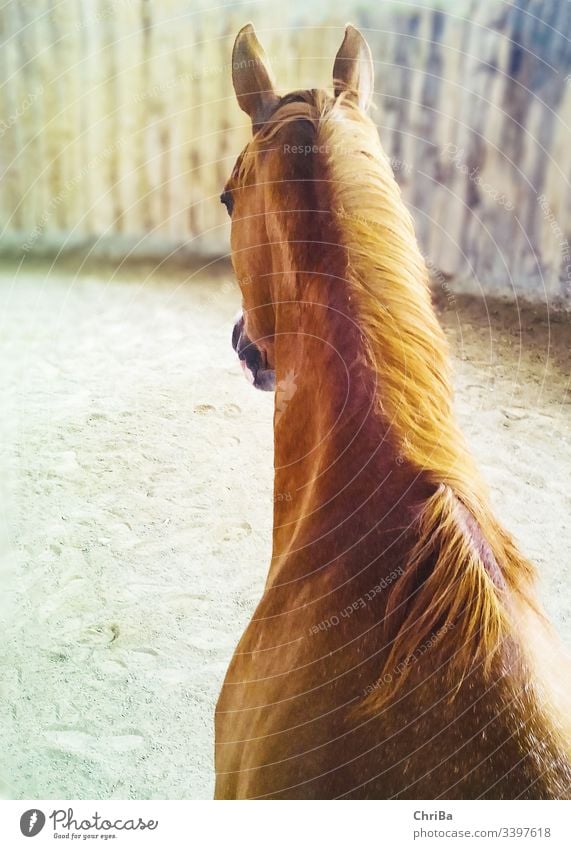
View of the head and neck of a chestnutcoloured horse from above in a roundpen a Royalty Free
The horse´s head is elongated and very heavy compared to the rest of his body and is inserted at the top of the neck, which is long and very flexible. The horse´s neck acts like a lever connecting the head to the body. So the horse balances itself using its neck and head.

Brown Horse Head and Neck in a Field Stock Image Image of mammal, farm 125331447
The horse's head and neck weigh close to 10% of their total bodyweight². Horses (and many other herbivores) have developed an energy efficient system, which helps them to passively maintain an elevated head position, both when standing still and in motion. Anatomy of the neck . A basic understanding of the anatomy of the neck is essential.
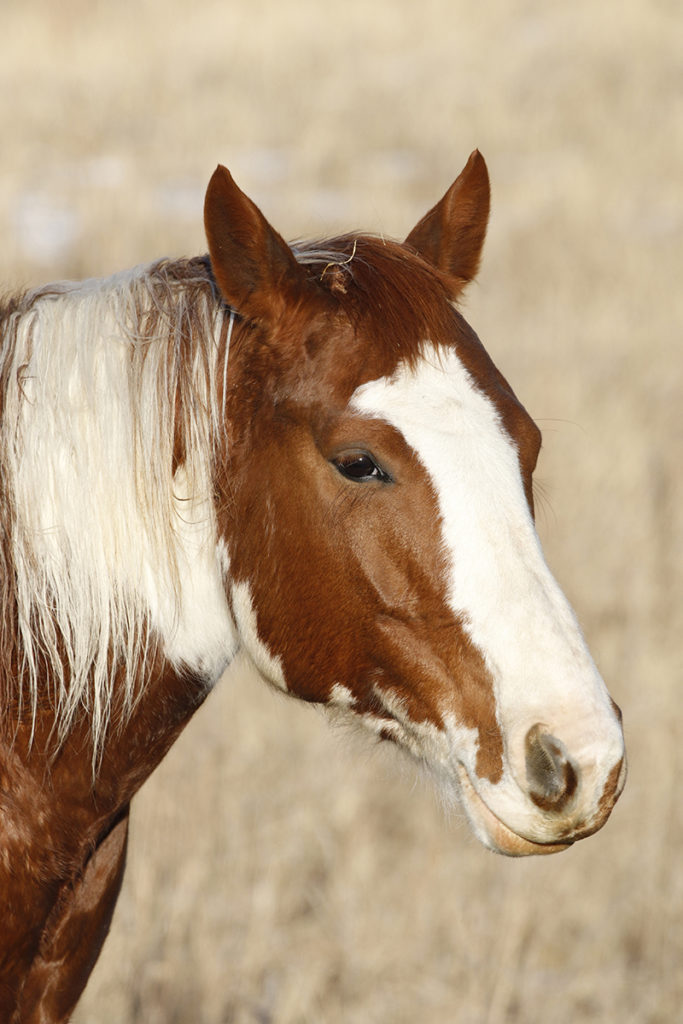
Horse head Thru Our Eyes Photography Linton Wildlife Photos
Head Generally, a horse's neck should be one and a half times the length of the head, where: Head length is measured from the front of the muzzle to the top of the poll Neck length is measured from the poll to the mid-shoulder Having these traits provides a balanced head and neck.
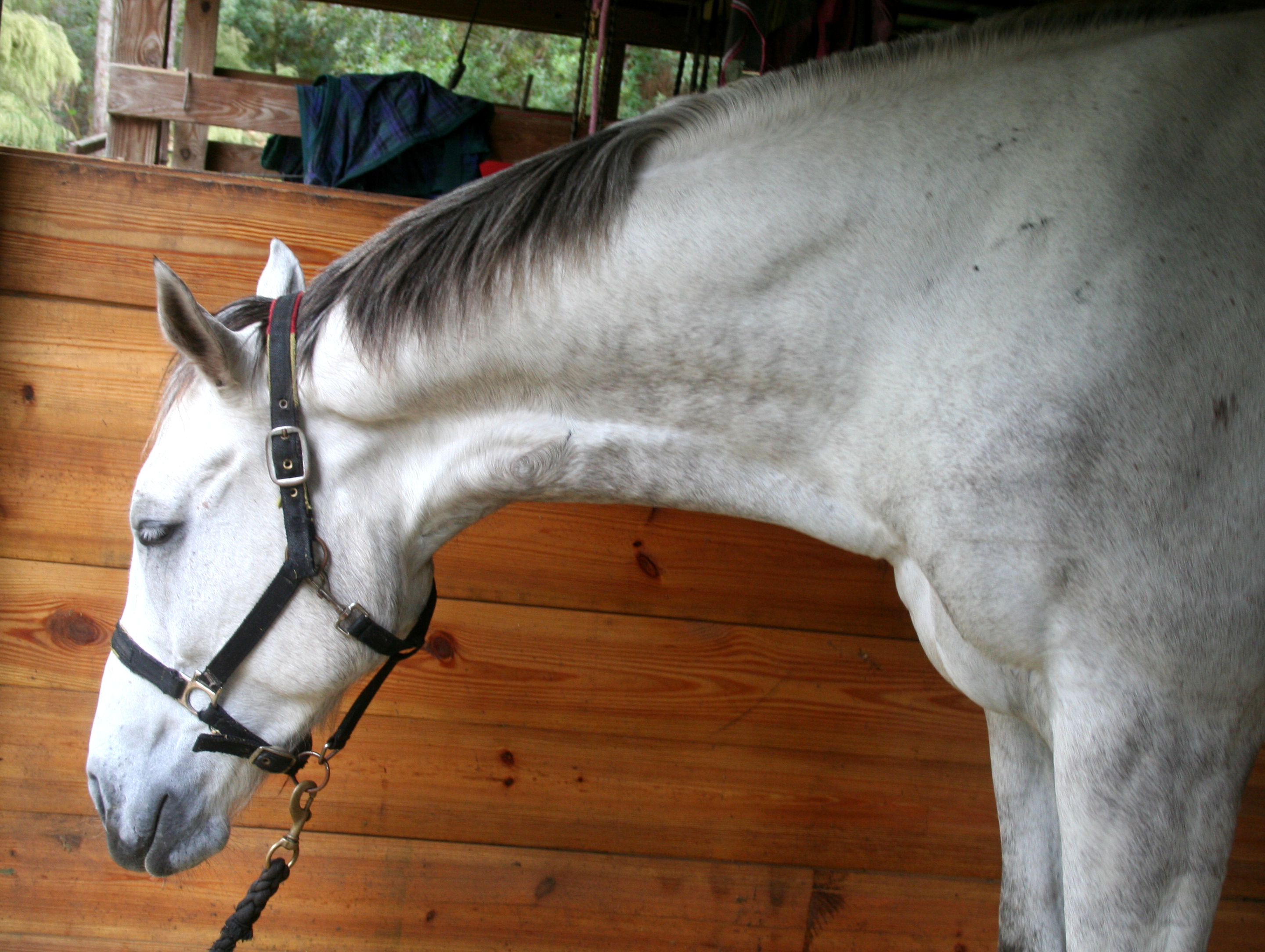
Stretching and Relaxation
share The horse's neck: Head held high through the world By raising the neck, horses can express themselves very well - for example, to announce danger or to impress other horses. A raised head with the neck stretched upwards is a sign of high attention and also caution.

Horse neck muscles Diagram Quizlet
The Triadan System - b e able to assign a Triadan number for any EQUINE tooth.. Similar to small animal anatomy, this system uses 3 digits to describe the location of any tooth. The first digit is for the quadrant, beginning the numbering with the upper right and then moving clockwise (as you are looking at the horse from a rostral view): 1 is upper right, 2 is upper left, 3 is lower left.

Love this bay's neck Horses, Beautiful horses, Lusitano horse
The head should join the neck at about a 45° angle. The neck should be of a width and length proportional to the head and body, and slightly arched from poll to withers. Faults include: Ewe neck: an 'upside-down' neck, more heavily muscled along the underside than the crest; often causes high head carriage.

ImageGreyHorseHeadandNeckBraided The Sport Horse Research Foundation
One of the ways we teach horses to be soft in the head and neck is with lateral flexion. We first introduce lateral flexion to the horse in the Fundamentals Series with the groundwork exercise Flexing the Head and Neck. Teaching the horse to flex on the ground first makes teaching him the same concept under saddle much easier.